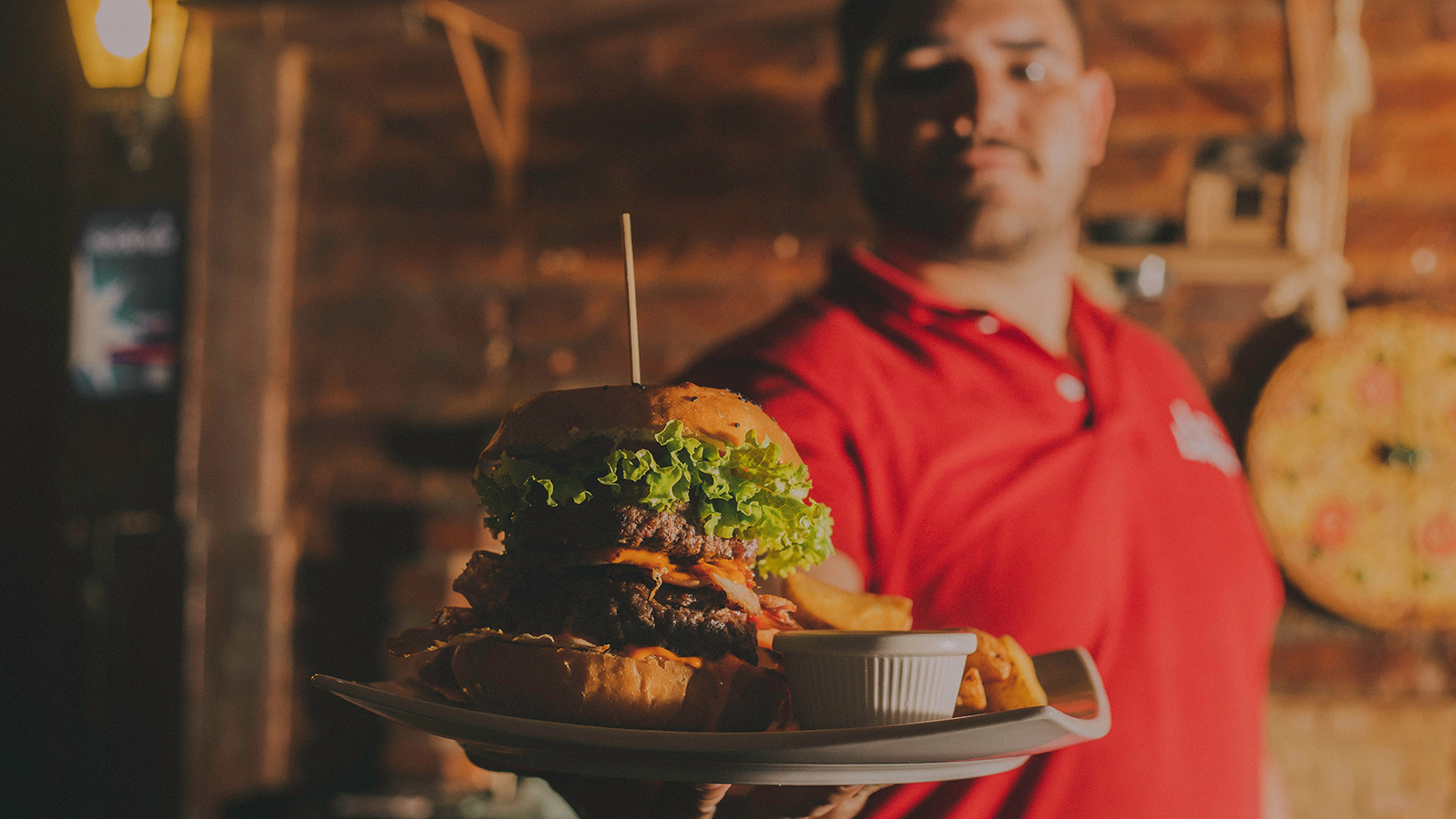Service
What keeps a food and beverage director up at night? What’s the pebble in a GM’s shoe when it comes to a property’s F&B outlets? As a casino and hotel operator for over 30 years, I can tell you exactly which things I lost sleep over. And the things that I help Raving clients overcome today. Sometimes it takes a fresh perspective or a new eye to see where the opportunities are.
There are five main areas that you should evaluate:
- Service
- Labor
- Menu & Food Presentation
- Costing and Waste
- Financial Review
In this series, I’ll go over these five critical areas and ask you some key questions to get you and your team members thinking about how you can improve each one (and get more shut-eye).
Let’s start with SERVICE.
Does the service in F&B match the standards of the casino?
Sometimes there is some disparity between the two, and you should try to raise one to the higher level of the other. Then as you improve overall service, both will rise evenly, and you will have parity in service levels throughout the property. This cohesion creates a feeling from your guest that you are one team with a common goal of excellent service.
Are there Standard Operating Procedures and Steps of Service programs in place?
- Are they documented?
- Do they have adequate detail as to leave little confusion as to what is expected?
- Do they leave enough room for the “gray area” in exceeding your guests’ expectations?
- Are they measured and reviewed regularly?
- Are they accurate for the type and style of service you are offering?
How does the service “feel”?
This intangible definition is crucial to appropriately evaluate service in any outlet or service department at your property. It should “feel” correct for the type of amenity that you are providing. Casual dining should have a more relaxed feel, without reducing any of the service expectations. Fine dining might have a more formal feel, but do you want stuffy or relaxed elegance in the service that you are providing?
What do the guests say about the service?
Do you hear this:
- “The staff is nice. However, they don’t always provide me consistent service.”
- “Why is the cocktail staff so rude to me when all I want is a drink while I play?”
Or, do you hear this:
- “I feel like home when I come to this casino. They anticipate my needs and I always get a smile and a thank you for being here. I love this place!”
- “I brought my friends here based on my experience, and they were amazed at the 4-Star service we got for a reasonable price.”
What your guests say about you is a true test of how good your service standards are.
Is there on-going training and is it visible in the workplace?
Service training is earned and learned through repetition and inspection of what you expect. With on-going training, you set a culture of continually expecting the best today for a better tomorrow. With leadership buy-in, a training culture of service is felt and is visible throughout the property.
“Have you trained your staff to use a certain vernacular appropriate to your clientele?”
In the Southern states, “Y’all” is appropriate language to welcome guests to a property; however, if you are not in the South, more appropriate language may need to be set. In certain “rock & roll” themed outlets, casual rock language and song quotes work. In sports bars, certain sports “talk” may be very appropriate. However, without defining vernacular in the SOP’s, there is room for inappropriate and overly casual language to be said to your guests.
Service is the start of and clearly the most important first and lasting impression of a successful F&B Operation. By creating or improving the standards in this area, you will more easily be able to focus on the remaining four areas of improving your food and beverage operation.


